Era Of Artificial Intelligence(A.I.)
May 20, 2019 • 14 views
In Computer Science,artificial intelligence(AI), sometimes calledmachine intelligence, is intelligence demonstrated by machines.
Artificial intelligence (AI) is the simulation of human intelligence processes by machines, especially computer systems. These processes include learning (the acquisition of information and rules for using the information), reasoning (using rules to reach approximate or definite conclusions) and self-correction. Particular applications of AI include expert system,speech recognition and Machine learning.
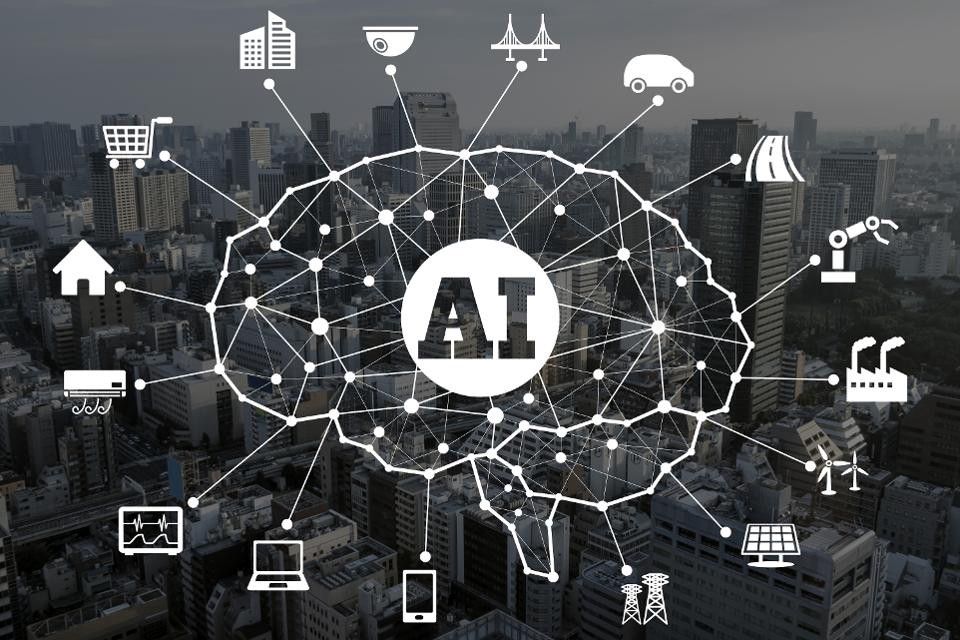
Future of Artificial Intelligence
Automated Transportation
Cyborg Technology
Taking over dangerous Jobs
Solving Climate Change
Robots as friends
Improved elder care
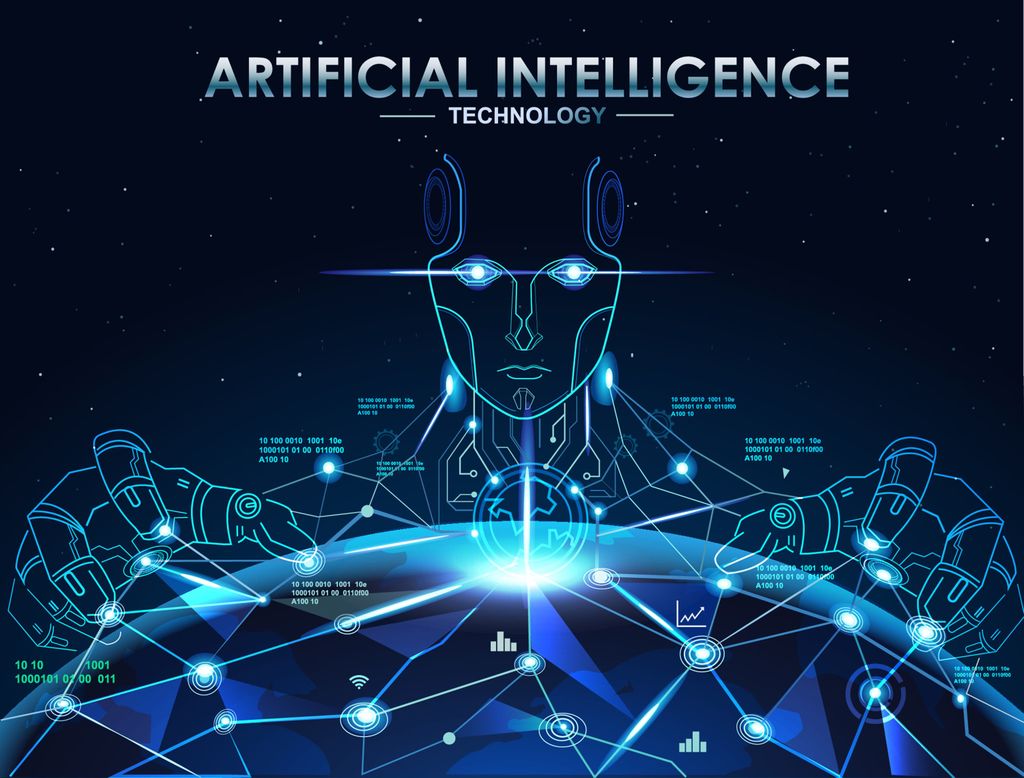
Applications of AI
AI has been dominant in various fields such as −
Gaming
Natural Language ProcessingExpert SystemsVision Systems
Speech Recognition
Handwriting Recognition
Intelligent Robots
Research associated with artificial intelligence is highly technical and specialized. The core problems of artificial intelligence include programming computers for certain traits such as:
Knowledge
Reasoning
Problem solving
Perception
Learning
Planning
Ability to manipulate and move objects
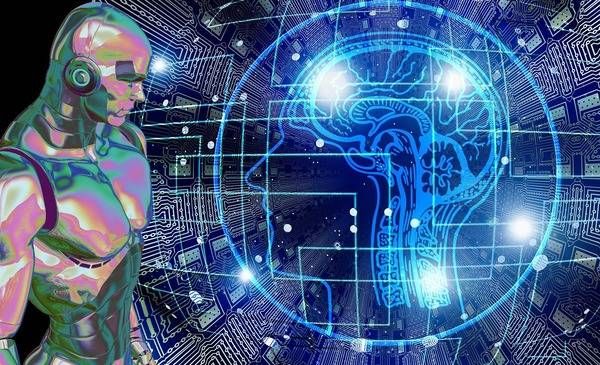
Types of artificial intelligence
Arend Hintze, an assistant professor of integrative biology and computer science and engineering at Michigan State University, categorizes AI into four types, from the kind of AI systems that exist today to sentient systems, which do not yet exist. His categories are as follows:
Type 1:Reactive machines. An example is Deep Blue, theIBMchess program that beat Garry Kasparov in the 1990s. Deep Blue can identify pieces on the chess board and make predictions, but it has no memory and cannot use past experiences to inform future ones. It analyzes possible moves --itsown anditsopponent -- and chooses the most strategic move. Deep Blue and Google'sAlphaGOwere designed for narrow purposes and cannot easily be applied to another situation.
Type 2:Limited memory.These AI systems can use past experiences to inform future decisions. Some of the decision-making functions inself-driving carsare designed this way. Observations inform actions happening in the not-so-distant future, such as a car changing lanes. These observations are not stored permanently.
Type 3:Theory of mind.This psychology term refers to the understanding that others have their own beliefs, desiresandintentions that impact the decisions they make. This kind of AI does not yet exist.
Type 4:Self-awareness.In this category, AI systems have a sense of self, have consciousness. Machines with self-awareness understand their current state and can use the information to infer what others are feeling. This type of AI does not yet exist.
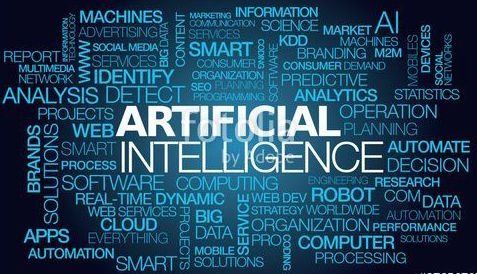
Examplesof AI technology
AI is incorporated into a variety of different types of technology. Here are seven examples.
Automation: What makes a system or process function automatically.For example,robotic process automation(RPA) can be programmed to perform high-volume, repeatable tasks that humans normally performed. RPA is different from IT automation in that it can adapt to changing circumstances.
Machine learning:The science of getting a computer to act without programming.Deeplearningis a subset of machine learning that, in very simple terms, can be thought of as the automation of predictive analytics. There are three types of machine learning algorithms:
Supervised learning: Data sets are labeled so that patterns can be detected and used to label new data sets
Unsupervised learning: Data sets aren't labeled and are sorted according to similarities or differences
Reinforcement learning: Data sets aren't labeled but, after performing an action or several actions, the AI system is given feedback
Machine vision:The science of allowing computers to see. This technology captures and analyzes visual information using a camera, analog-to-digital conversionanddigital signal processing. It is often compared to human eyesight, but machine vision isn't bound by biology and can be programmed to see through walls, for example. It is used in a range of applications from signature identification to medical image analysis. Computer vision, which is focused on machine-based image processing, is often conflated with machine vision.
Natural language processing(NLP):The processing of human -- and notcomputer-- language by a computer program. One of the older andbest knownexamples of NLP is spam detection, which looks at the subject line and the text of an email and decides if it's junk. Current approaches to NLP are based on machine learning. NLP tasks include text translation, sentiment analysisandspeech recognition.
Robotics:A field of engineering focused on the design and manufacturing of robots. Robots are often used to perform tasks that are difficult for humans to perform or perform consistently. They are used in assembly lines for car production or by NASA to move large objects in space. Researchers are also using machine learning to build robots that can interact in social settings.
Self-driving cars:These use a combination of computer vision,image recognitionanddeep learning to build automated skill at piloting a vehicle while staying in a given lane and avoiding unexpected obstructions, such as pedestrians.
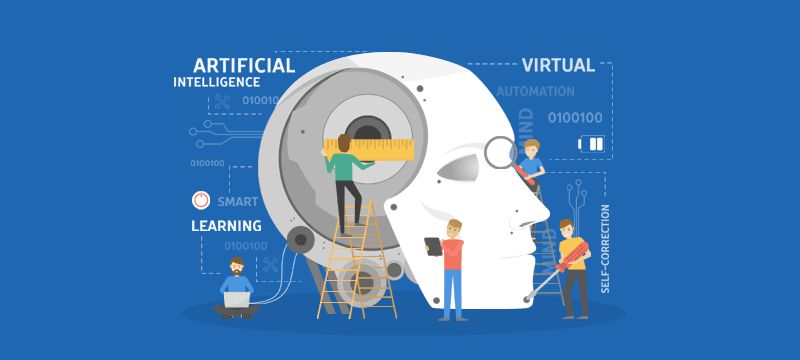
HOW CAN AI BE DANGEROUS?
Most researchers agree that a superintelligent AI is unlikely to exhibit human emotions like love or hate, and that there is no reason to expect AI to become intentionally benevolent or malevolent.Instead, when considering how AI mightbecome a risk, experts think two scenarios most likely:
The AI is programmed to do something devastating:Autonomous weapons are artificial intelligence systems that are programmed to kill. In the hands of the wrong person, these weapons could easily cause mass casualties. Moreover,an AI arms race could inadvertently lead to an AI war that also results in mass casualties. To avoid being thwarted by the enemy, these weapons would bedesignedto be extremely difficult to simply“turn off,” so humans could plausiblylose control of such a situation. This risk is one that’s present even with narrow AI, but grows as levels of AI intelligence and autonomy increase.
The AI is programmed to do something beneficial, but it develops a destructive method for achieving its goal:This can happen whenever we fail to fully align the AI’s goals with ours, which is strikingly difficult. If you ask an obedient intelligent car to take you to the airport as fast as possible, it mightget you there chased by helicopters and covered in vomit, doingnot what you wanted but literally what you asked for. If a superintelligent system is tasked with a ambitious geoengineering project, it mightwreak havoc with ourecosystem as a side effect, and view human attempts to stop it as a threat to be met.
As these examples illustrate, the concern about advanced AI isn’t malevolence but competence.A super-intelligent AI will be extremely good at accomplishing its goals, and if those goals aren’t aligned with ours, wehave a problem. You’re probably not an evil ant-hater who steps on ants out of malice, but if you’re in charge of a hydroelectric green energy project and there’s an anthill in the region to be flooded, too bad for the ants. A key goal of AI safety research is to never place humanity in the position of those ants.
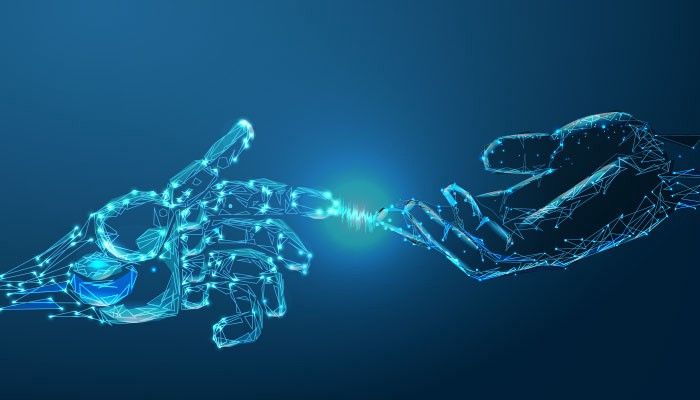
THE TOP MYTHS ABOUT ADVANCED AI
A captivatingconversation is taking place about the future of artificial intelligence and what it will/should mean for humanity.There are fascinating controversies wherethe world’s leading experts disagree, such as: AI’s future impact on the job market; if/when human-level AI will be developed; whether this will lead to an intelligence explosion; and whether this issomething we should welcomeor fear.But there arealso many examples of of boring pseudo-controversies caused by people misunderstanding and talking past each other.To help ourselves focus on the interesting controversies and open questions — and not on the misunderstandings — let’sclear up some of the most common myths.
